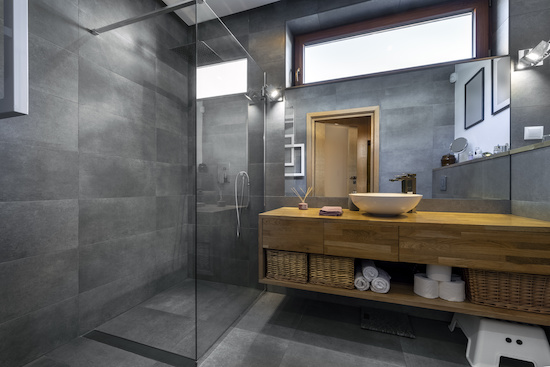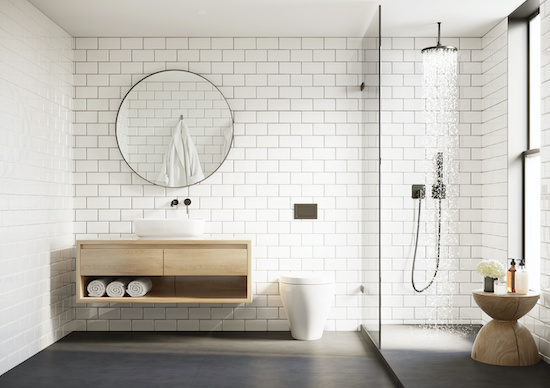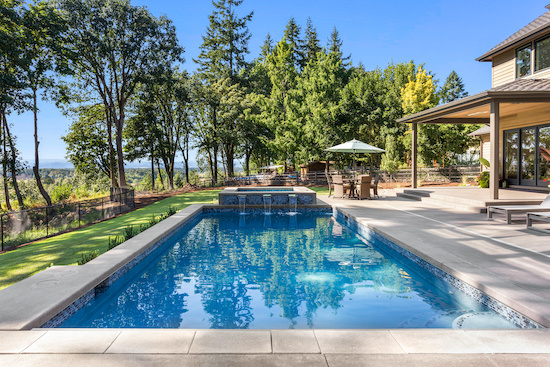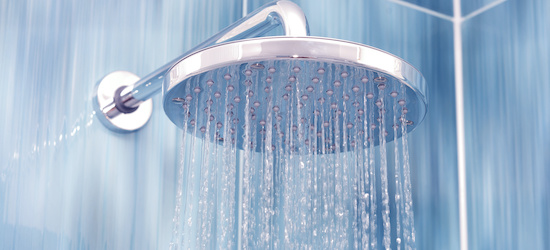– sponsored content –
To commercial and residential building owners, water damage from interior leaks is an out of sight, out of mind problem until they see evidence such as a water spot on a ceiling. For the flooring contractor that failed to properly waterproof the substrate, the damage is also out of sight and out of mind—until they hear from an angry building owner with an immediate callback demand.
The costs are staggering

A look at the costs of repairing the damage, on both the individual case level and in the aggregate, quickly thrusts this problem into sight and mind. Often, insurance will not cover these costs without a policy rider.
- The annual cost of residential water damage and remediation in the United States is $13 billion.
- Losses on the commercial side are more than $16 billion in the United States annually.
- The average home insurance claim for water damage is $10,234.
The volume of water and time, i.e., how long the leak existed prior to discovery, are major cost variables. The costs tend to multiply over time as physical damage worsens and mold or air quality problems develop.
The flooring contractor will eventually feel the impact of lower profit margins in many ways including callbacks on completed projects, delays in getting new projects started, and reputational damage.
Sheet membranes versus liquid membranes
Using sheet waterproofing membranes is one method for protecting tile substrate against damage from interior water ingress. These membranes consist of plastic or elastomeric sheets that require bonding to the substrate before tile installation occurs. Some sheets have adhesive backing and others require separate adhesives or cement mortar for bonding to the substrate. Their use involves considerable labor, time and cost because the contractor has to handle several components—membrane, preformed corners, bonding mortar, primer and sealant—and cut the sheets to the right size.
Unlike with sheet membranes, when using liquid-applied membranes, the contractor doesn’t have to use primers or contend with sealing overlapping sheet seams when applying most liquid-applied membranes. These membranes form a thin, monolithic, flexible, load-bearing, waterproof layer under the tile surface that protects the substrate from positive hydrostatic pressure. The layer cures to a tough, seamless film that resists softening at high temperatures and brittleness at low temperatures.
In its cured state, TEC® HydraFlex™ Waterproofing Crack Isolation Membrane provides high water resistance and low moisture vapor permeability—dramatically increasing the durability and life of any interior or exterior tile installation that’s subject to water exposure and positive hydrostatic pressure. This includes wet installations such as pools, showers, fountains and spas that must withstand repeated exposure to moisture.


Standard liquid-applied waterproofing membranes must meet ANSI A118.10, American National Standard Specifications (ANSI) for Load Bearing, Bonded, Waterproof Membranes for Thin-set Ceramic Tile and Dimension Stone Installation. As an added benefit, many will also meet ANSI A118.12, Crack Isolation Membranes for Thin-set Ceramic Tile and Dimension Stone Installations. This gives the contractor two benefits in one product. When installing a waterproofing membrane in a wet area, like a shower or a pool, a contractor should ensure it is International Associate of Plumbing & Mechanics (IAPMO) approved. This means that it meets the standards set out by the IAPMO to perform as part of a plumbing system.
Strong warranty protection
Its high-performance properties enable TEC® HydraFlex™ to offer contractors and building owners longer limited warranties for waterproofing and crack isolation than standard membranes typically offer. HydraFlex™ has a 1/4-inch Crack Isolation System Limited Warranty to back up its 1/4-inch crack bridging capability. In addition, the product has a 10-year limited product warranty, compared to standard membranes’ typical one-year limited product warranty.


Follow installation instructions
Make sure to follow these steps when applying any waterproofing membrane to ensure reliable waterproofing of tile substrates – and prevent costly failures and callbacks:
- Application surfaces must be free from oil, grease, dust, paint, sealers or curing compounds.
- Make sure new concrete is finished with a steel trowel and has a fine broom finish prior to membrane application.
- After substrate preparation, remove all dust by vacuuming, cleaning the surface with a wet sponge and letting it dry before applying the membrane.
- Apply the waterproofing membrane in two coats at the correct wet thickness, making sure no voids or pinholes develop.
Carefully choosing a waterproofing membrane that works best for your job is an important step to prevent water damage from occurring. To learn more about installing with TEC HydraFlex, watch video here: https://youtu.be/LfbI9Silkz4
Article written by Heather Ruhl.







